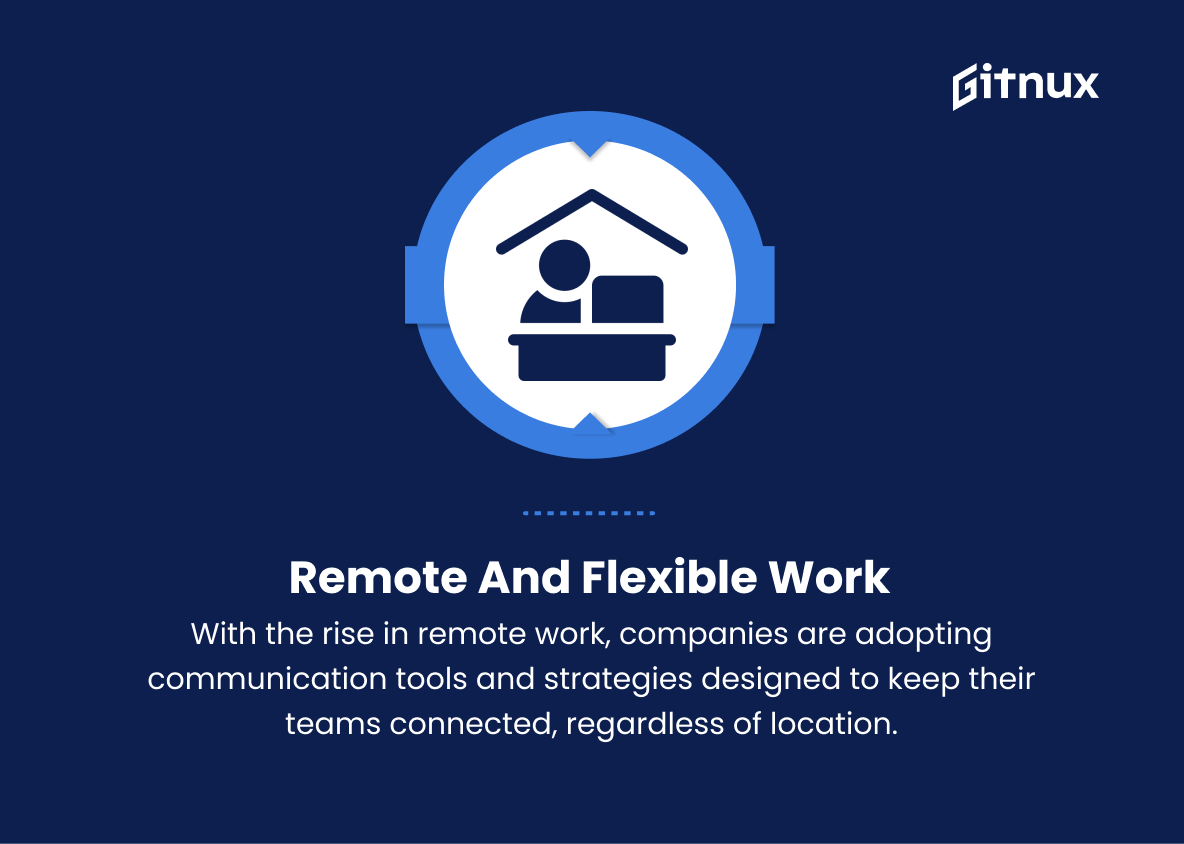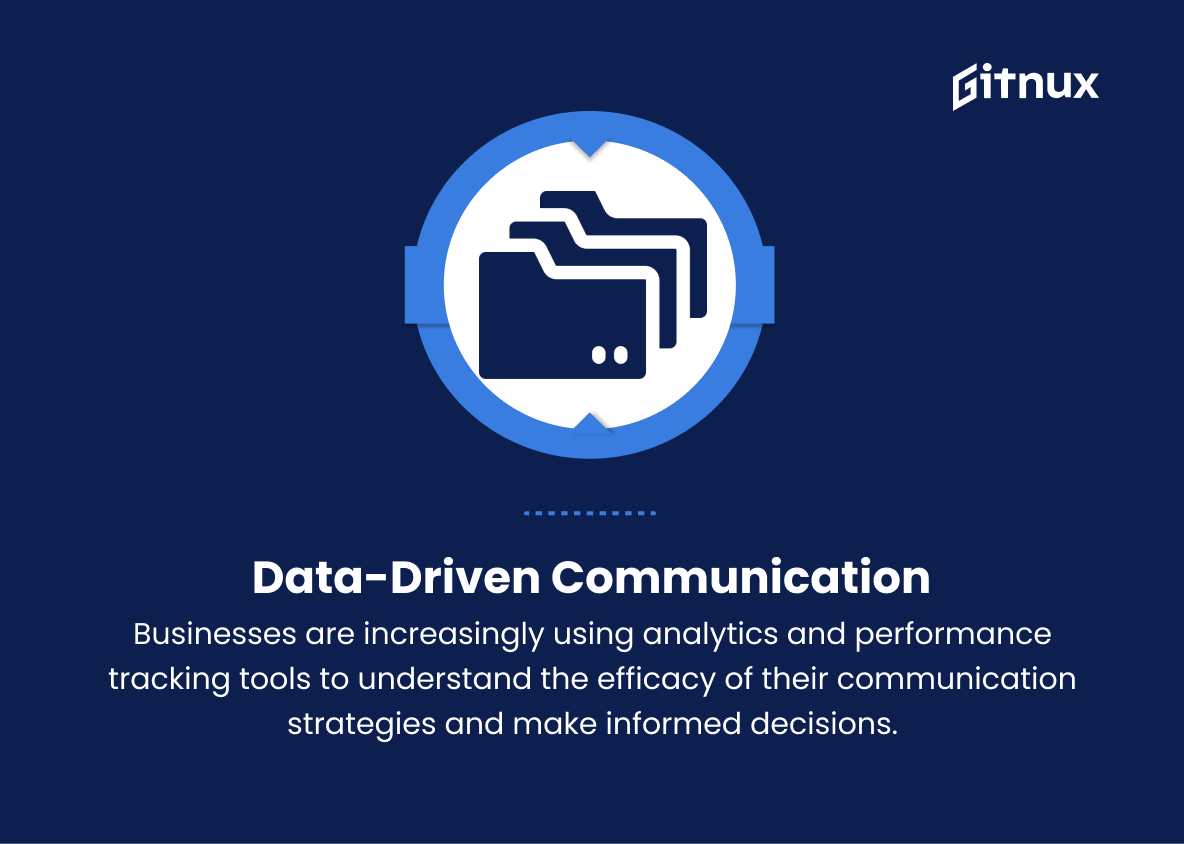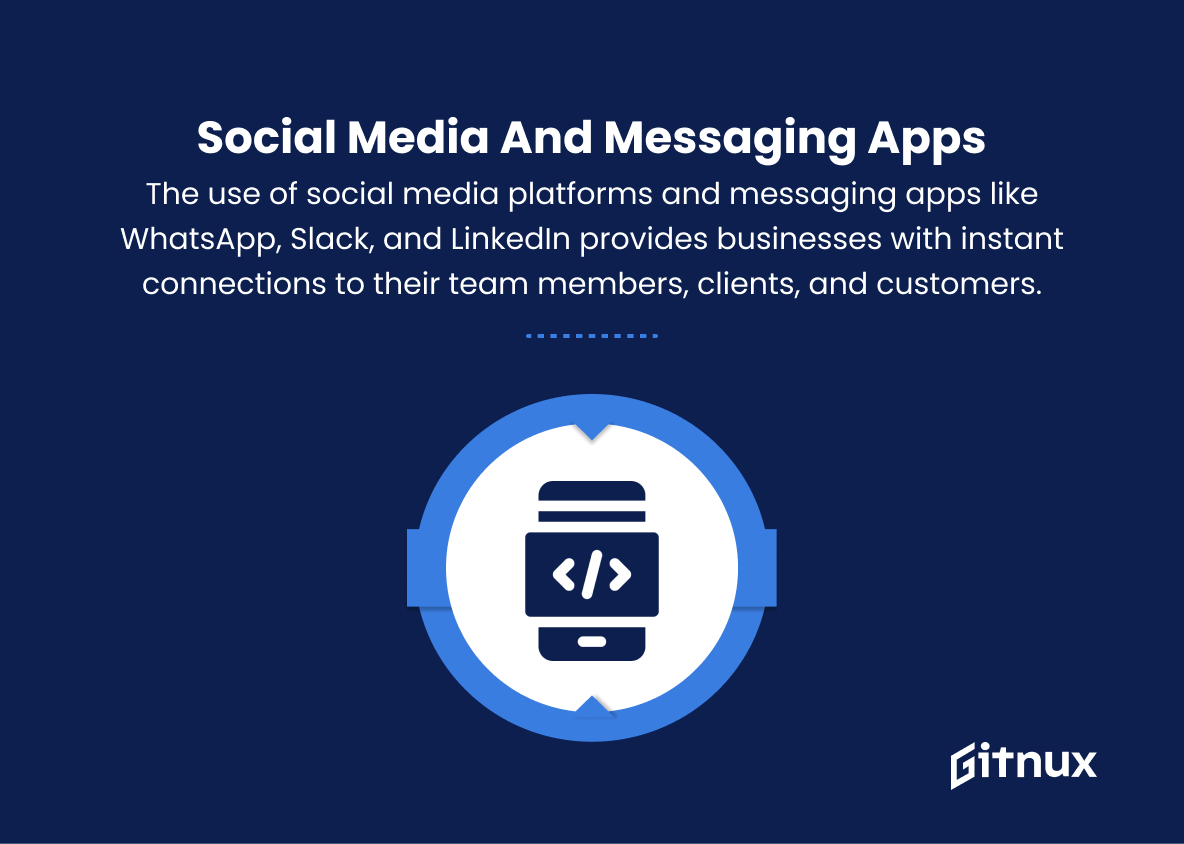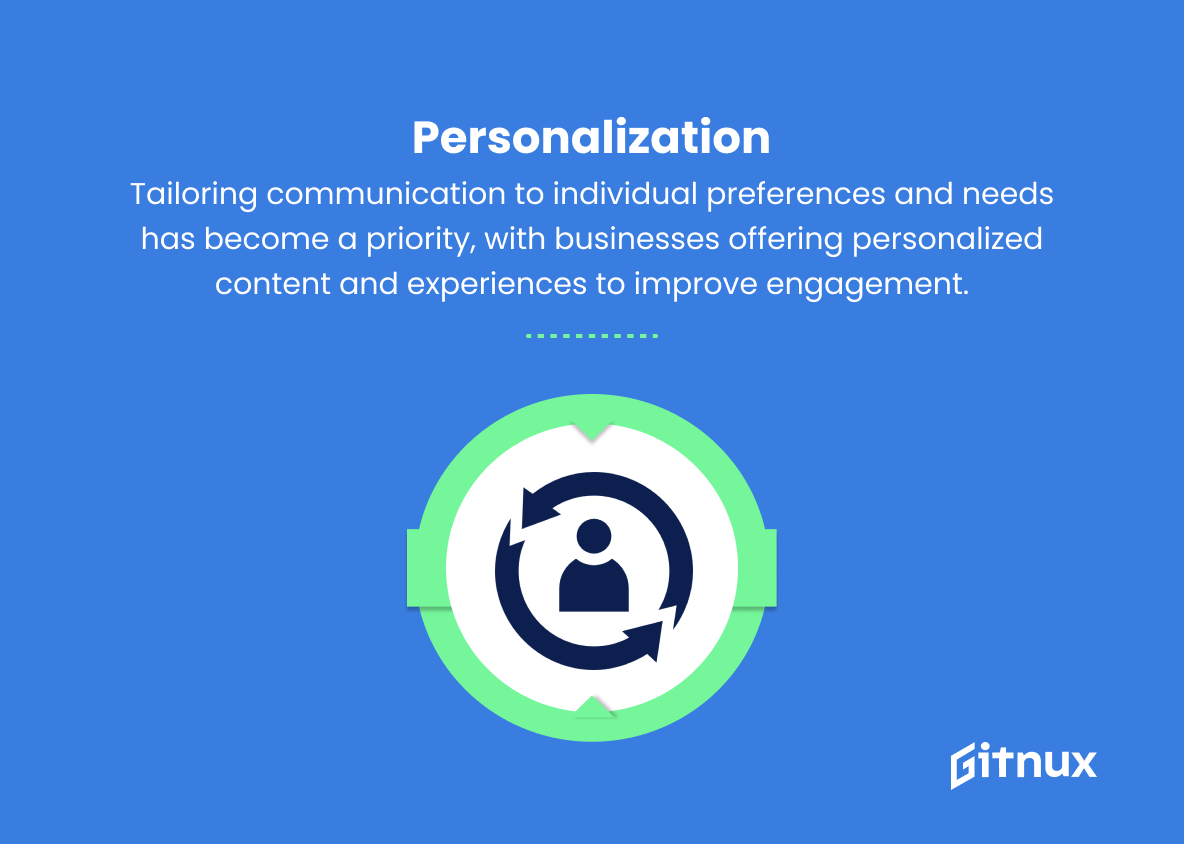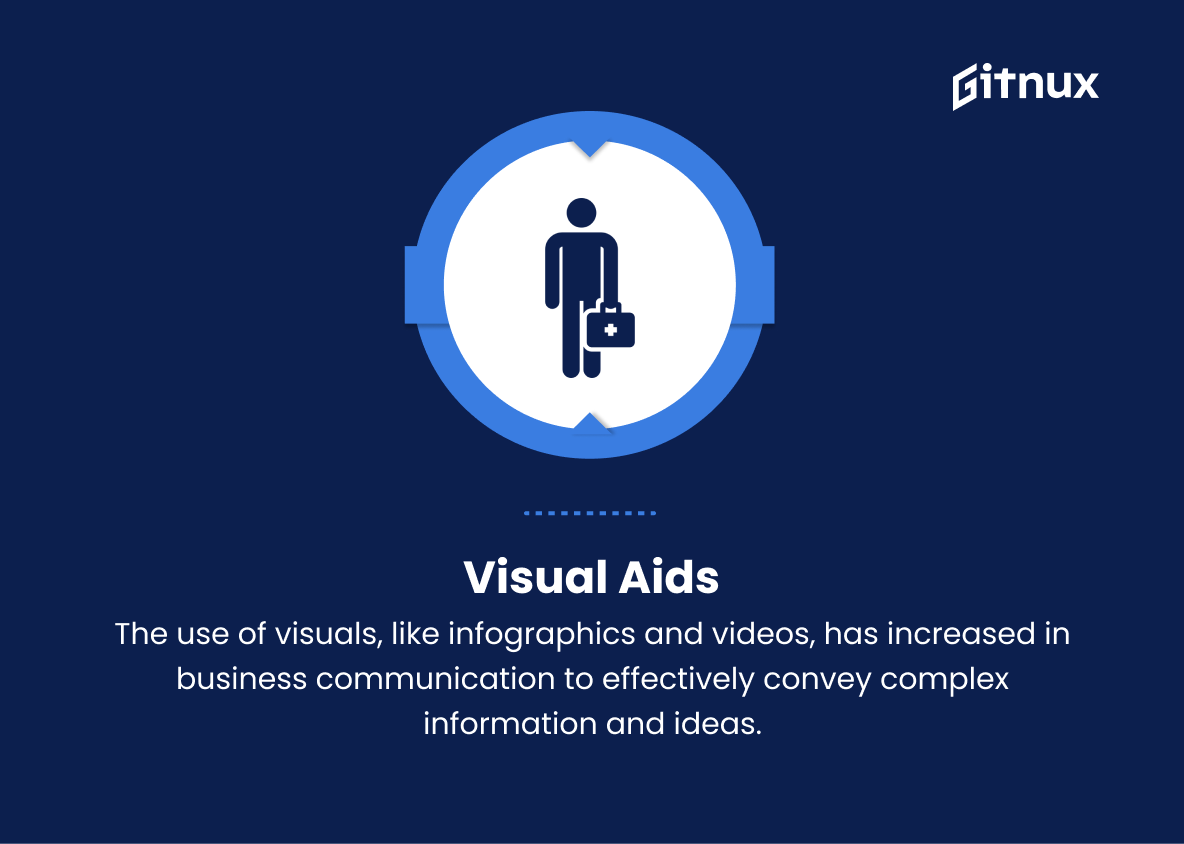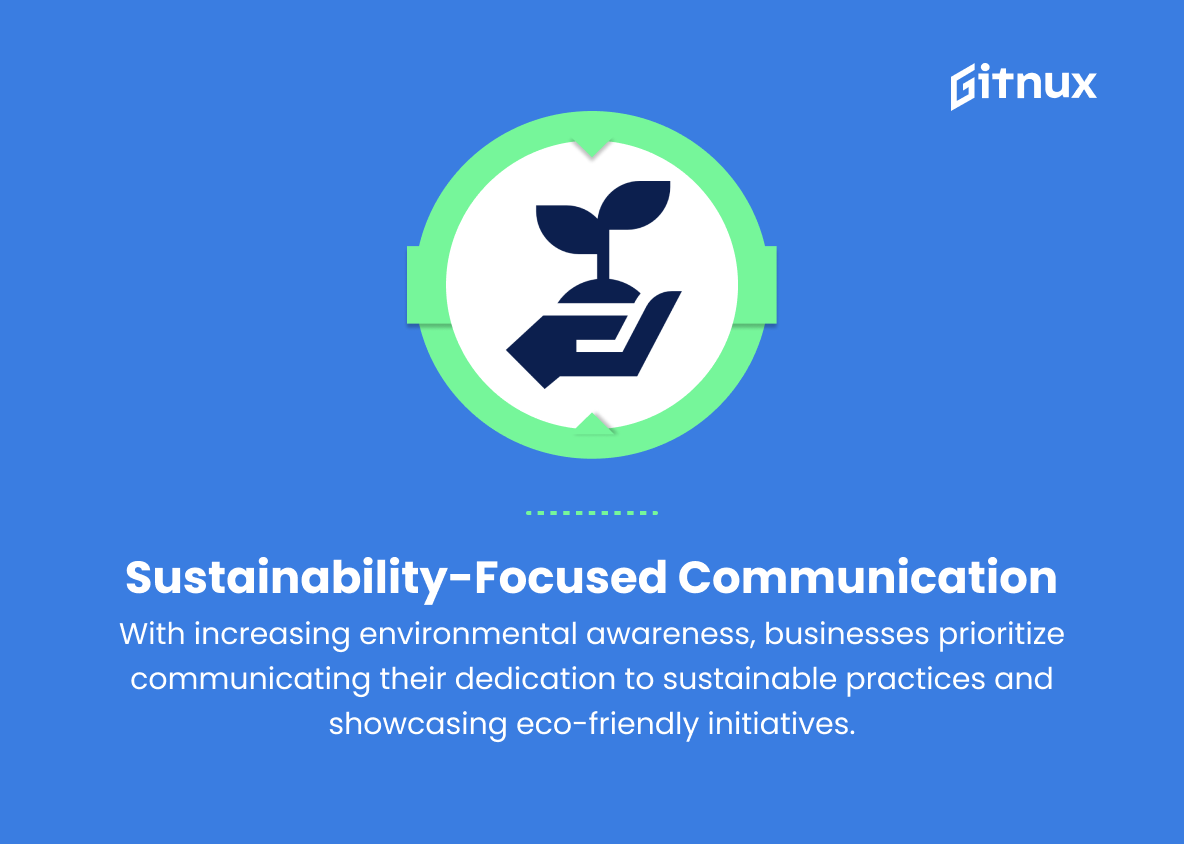In today’s fast-paced, increasingly interconnected world, effective business communication has become vital for the success of any organization. As companies grow and adapt to the digital revolution, it’s more important than ever for professionals to stay current on the latest trends and strategies in corporate communication.
In this in-depth blog post, we will explore the most significant business communication trends that are shaping the way organizations and individuals collaborate, exchange ideas, and ultimately, drive success. From embracing technological advancements to striving for inclusivity, we will delve into the critical aspects that are revolutionizing the way businesses communicate. So, buckle up and join us as we embark on an insightful journey through the dynamic landscape of corporate communication in the 21st century.
Top Business Communication Trends
1. Remote and flexible work
With the rise in remote work, companies are adopting communication tools and strategies designed to keep their teams connected, regardless of location.
2. Integrated communication platforms
Businesses are making use of unified communication platforms to integrate their communication channels like email, messaging, video calls, conferencing, and file sharing, all in one place.
3. Video conferencing
The use of video calls and conferencing systems like Zoom and Teams has increased significantly for virtual meetings, presentations, and interviews.
4. Virtual and augmented reality
The use of virtual and augmented reality technologies in business communication allows teams to collaborate in immersive environments, enhance training programs, and create interactive product demonstrations.
5. AI-based communication tools
Artificial intelligence is being integrated into communication tools, such as chatbots for real-time customer support and language translation services, to enhance efficiency and personalization.
6. Mobile-first communication
Smartphone apps and mobile-friendly websites are essential as businesses adapt their communication strategies to resonate better with mobile users.
7. Data-driven communication
Businesses are increasingly using analytics and performance tracking tools to understand the efficacy of their communication strategies and make informed decisions.
8. Cybersecurity-focused communication
With sensitive business information at risk, companies are incorporating stronger digital security practices and employee training to protect against data breaches.
9. Content marketing
Storytelling through blogs, podcasts, videos, and other content forms allows businesses to communicate their expertise, values, and brand message to engage their audiences effectively.
10. Social media and messaging apps
The use of social media platforms and messaging apps like WhatsApp, Slack, and LinkedIn provides businesses with instant connections to their team members, clients, and customers.
11. The rise of asynchronous communication
Teams are increasingly adopting tools that enable asynchronous communication, such as email, project management tools, and private messaging platforms, to respect people’s time while keeping everyone on the same page.
12. Personalization
Tailoring communication to individual preferences and needs has become a priority, with businesses offering personalized content and experiences to improve engagement.
13. Visual aids
The use of visuals, like infographics and videos, has increased in business communication to effectively convey complex information and ideas.
14. Collaboration tools
Online collaboration platforms and tools like Google Workspace, Trello, and Asana are becoming essential for managing projects and ensuring effective communication within teams.
15. Sustainability-focused communication
As environmental consciousness grows, businesses are placing greater emphasis on communicating their commitment to sustainable practices and highlighting their eco-friendly initiatives.
16. Emotional intelligence
The importance of emotional intelligence in business communication is being recognized, with companies focusing on empathy, active listening, and relationship-building skills.
17. Digital Learning
Trainings and webinars are constantly being offered to employees to maintain their competitiveness, ensure understanding of new tools, and improve their communication skills.
Overall, business communication trends in the future will be focused on utilizing digital tools and strategies to foster effective, efficient, and personalized communication across various platforms and channels.
Implications
As we move forward, the future of business communication will be driven by digital transformation and the emphasis on creating more efficient, personalized, and streamlined communication channels. Companies will capitalize on the increasing adoption of remote work through the use of integrated communication platforms, allowing for seamless collaboration regardless of location.
The prevalence of video conferencing, virtual and augmented reality, and AI-based tools will revolutionize virtual meetings and enhance employee training and customer support experiences. Mobile-first, data-driven strategies will become essential as companies tailor their content to better engage with their audiences on various devices. Cybersecurity will be increasingly prioritized to maintain trust and protect sensitive information.
Businesses will continue to invest in content marketing and utilize social media platforms and messaging apps to reach wider audiences, while asynchronous communication tools enable teams to function effectively without constant real-time interaction. Personalization and emotional intelligence will be key to delivering resonant messages and building strong relationships, and visual aids will grow in importance for presenting complex information. Additionally, the integration of collaboration tools will be crucial for effective project management, centralizing communication, and driving overall team efficiency.
Lastly, businesses will prioritize sustainability-focused communication as environmental consciousness grows, and will place great importance on digital learning to upskill employees and adapt to the ever-changing communication landscape.
Conclusion
In conclusion, the ever-evolving landscape of business communication trends is a testament to the adaptability and innovation fostered by today’s organizations. As we have explored throughout this blog post, the emergence of remote work, the reliance on digital and virtual tools, and the emphasis on collaboration and personalization are shaping the way businesses communicate and interact. By staying informed and embracing these trends, organizations can effectively navigate the challenges and opportunities in today’s fast-paced, interconnected world.
It is of paramount importance for businesses to prioritize communication, as it serves as the backbone for strong relationships and productivity, ultimately driving success in the long run. As business communication trends continue to unfold, companies must be ready to adapt and reinvent their strategies to stay ahead of the game and maintain a competitive edge in the global market.
